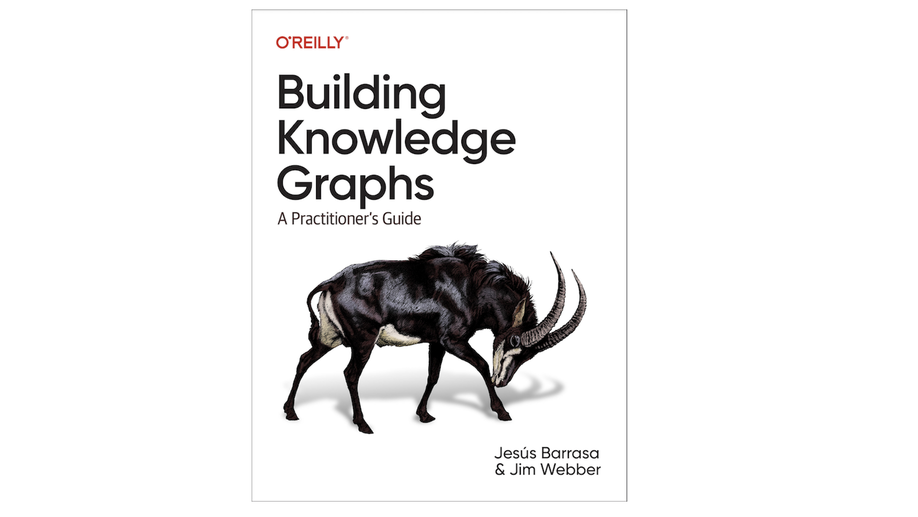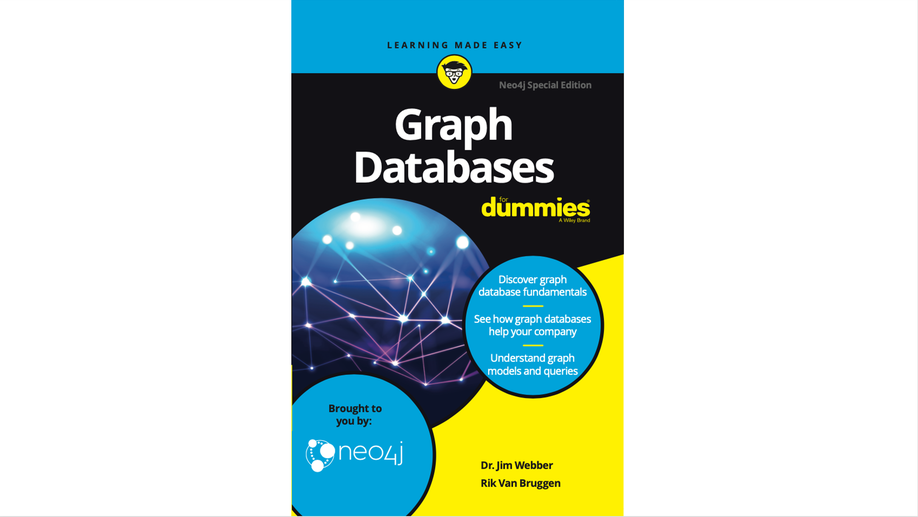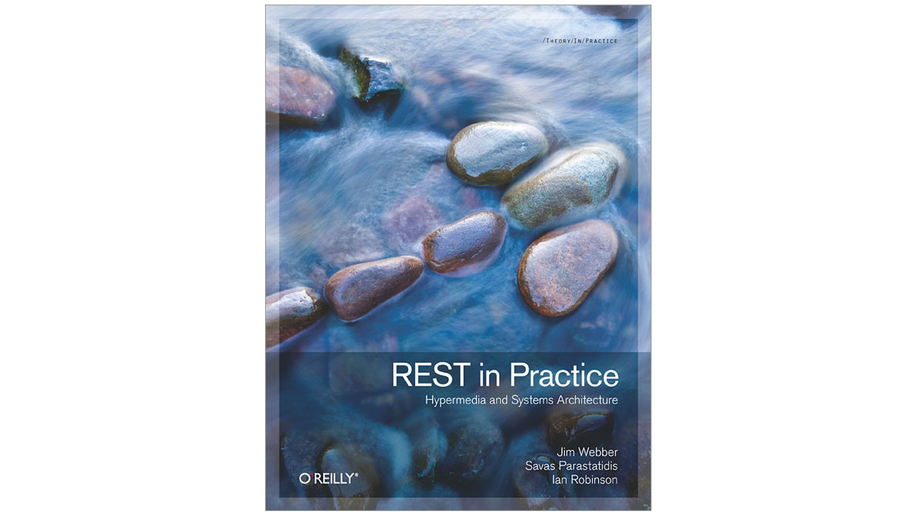Biography
I am Neo4j’s Chief Scientist and Visiting Professor at Newcastle University, UK. At Neo4j I lead the research group, working on a variety of database topics including query languages and runtimes, temporality, streaming, scale, and fault-tolerance. I have also also co-authored several books on graph technology including Graph Databases - 1st and 2nd Editions (O’Reilly), Graph Databases for Dummies (Wiley), and Building Knowledge Graphs (O’Reilly).
Prior to Neo4j, I worked on fault-tolerant distributed systems. First at Newcastle University startup Arjuna and then for a variety of clients for global consulting firm ThoughtWorks. Along the way I co-authored the distrubuted systems books REST in Practice (O’Reilly) and Developing Enterprise Web Services - An Architect’s Guide (Prentice-Hall).
Interests
- Graph Theory
- Databases
- Distributed Systems
- Fault Tolerance
Education
-
Visting Professor of Practice, 2018-present
Newcastle University
-
Ph.D. in Programming Languages for High-Performance Computing, 2000
Newcastle University
-
B.Sc. (1st class Honours) Computing Science, 1996
Newcastle University





Socal Media
Twitter and BlueSky
I have Twitter and BlueSky accounts which are mixture of chatter with friends and colleagues, some computing science things, and a dash of left politics.
Following the example of Jonthan Dowland, my Twitter feed has a sliding window of 90 days worth of tweets. I like Twitter (somewhat) for conversations, but as a system of record much less so.
Facebook, Instagram, Snapchat etc.
I’m not on any other social media sites, I prefer email. If you meet a Jim Webber on any other platforms, it’s not me.